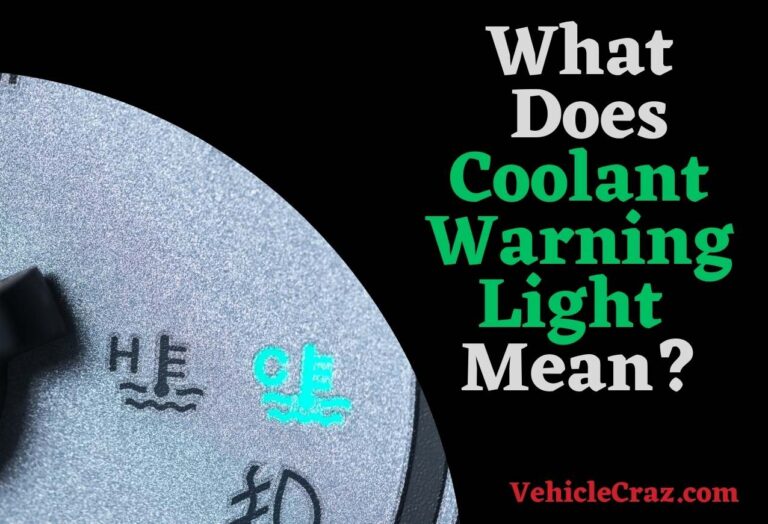12 Reasons – Check Engine Light on After Getting Gas
Is your vehicle’s check engine warning light on after getting gas? According to our experience, this often happens due to fuel cap issues. However, your case could be different, as there are many reasons why you might get a check engine light after fueling your vehicle. We’ll explain them all. Let’s start.
Check Engine Light on After Getting Gas – Causes
Let’s explore the various reasons why the Check Engine Light (CEL) might come on after getting gas. Based on our experience, there are several common causes, and understanding them can help you address the issue more effectively.
Loose or Faulty Fuel Cap
One of the most frequent reasons we’ve seen for the CEL to illuminate after refueling is a loose or damaged fuel cap. The fuel cap creates a seal that maintains pressure in the fuel tank and prevents fuel vapors from escaping.
If it’s not tightened properly or if it’s cracked, the car’s computer detects a leak in the Evaporative Emission System (EVAP), triggering the warning light. So, to prevent this from happening we recommend you always ensure the cap clicks at least three times after refueling.
Evaporative Emission System Leak
The EVAP system captures and recycles fuel vapors from the gas tank. If there’s a leak in this system – maybe due to a loose hose or a faulty valve – the CEL might turn on. This system is quite sensitive, and even small leaks can cause the light to activate.
Poor Fuel Quality
Sometimes, if the fuel quality is not up to par, it can trigger the check engine light. Contaminated fuel can affect the engine’s performance, and the sensors in the fuel system can detect this, alerting you through the CEL. It’s always advisable to use good-quality fuel from reliable gas stations.
Misfiring Engine
If your engine misfires right after you’ve gotten gas, it could turn on the check engine light. Misfires can happen due to various reasons, including problems with the ignition system or using the wrong type of fuel. For instance, using diesel in a gasoline engine or vice versa can cause significant problems.
Oxygen Sensor Malfunction
The oxygen sensor measures the amount of unburned oxygen in the exhaust system. If it’s faulty or not working properly, it can falsely detect a problem after you fill up on gas, causing the CEL to light up.
Catalytic Converter Issues
The catalytic converter helps reduce exhaust emissions. If it’s not working correctly, perhaps due to being clogged or contaminated, the CEL may come on. Regular maintenance is key to ensuring it functions properly.
Mass Air Flow Sensor Failure
This sensor measures the amount of air entering the engine and determines how much fuel is needed to run efficiently. If it’s faulty, the engine might not run properly after refueling, resulting in the CEL illuminating.
Fuel Injector Problems
Fuel injectors spray fuel into the combustion chamber. If they’re clogged or leaking, this can cause the engine to perform poorly and trigger the check engine light.
Exhaust System Leak
An exhaust leak can sometimes cause the CEL to come on after getting gas. This might be due to a hole in the exhaust pipe or a problem with the muffler.
Vacuum Leak
The engine uses vacuum pressure for various functions. A leak in the vacuum system can disrupt the engine’s operation and cause the check engine light to light up.
Computer System Error
Modern cars rely heavily on their computer systems. Sometimes, a glitch in the car’s computer can cause the CEL to come on unexpectedly. This usually requires professional diagnostics and resetting.
Ignition System Issues
Problems with the spark plugs or ignition coil can also lead to the CEL turning on. These components are crucial for the engine’s proper functioning, especially after refueling.
What to do If You Notice the Check Engine Light After Getting Fuel?
If you notice the Check Engine Light after refueling, first check your fuel cap. Ensure it’s properly tightened, as a loose cap can trigger the CEL due to evaporative emission system leaks.
If the light remains on after securing the cap, consider the quality of fuel used, as poor fuel can cause engine issues.
Next, observe any changes in your vehicle’s performance, like unusual sounds or driving behavior.
If the light persists, it’s important to use an OBD-II scanner to read any diagnostic trouble codes or we recommend visiting a mechanic for a professional diagnosis.
Driving with the check engine light can bring you loads of issues.
FAQ
How Long to Wait to See if the Check Engine Light Turns off After Fixing the Fuel Cap?
After tightening or replacing the fuel cap to fix the check engine light issue, it’s advisable to wait for about one to three driving cycles for the light to turn off.
A driving cycle typically means starting the engine, driving the car, and turning it off again. If the light doesn’t reset within this period, do not drive further, consult with a mechanic to check for other issues in the evaporative emission system.
Is it Safe to Drive if the Check Engine Light Comes on After Refueling?
As far as we see, generally, it’s safe to drive temporarily if the check engine light comes on after refueling, as it often indicates a minor issue like a loose fuel cap. However, if the light keeps flashing after two-three drviving or if there are noticeable changes in vehicle performance, it’s a sign of a more serious problem.
In such cases, driving further can be risky and could potentially damage critical components like the catalytic converter, and we recommend professional diagnosis.
How to Tell if a Check Engine Light Post-refueling is Serious or Minor?
To differentiate between serious and minor issues when the check engine light comes on after refueling, observe the light’s behavior and your vehicle’s performance. A steady check engine light often indicates a minor issue, like a loose fuel cap.
In contrast, a flashing check engine light suggests a serious problem, possibly with the engine or emissions system. Additionally, symptoms like engine misfires, unusual noises, or reduced performance signify more severe issues requiring immediate professional attention.


I’m Alex, a seasoned mechanical teacher with over 20 years of hands-on experience in Australia. My passion for all things automotive has driven me to establish this blog, aiming to share my wealth of knowledge and expertise with fellow enthusiasts, DIYers, and anyone keen on understanding the mechanics behind the machines we rely on daily.

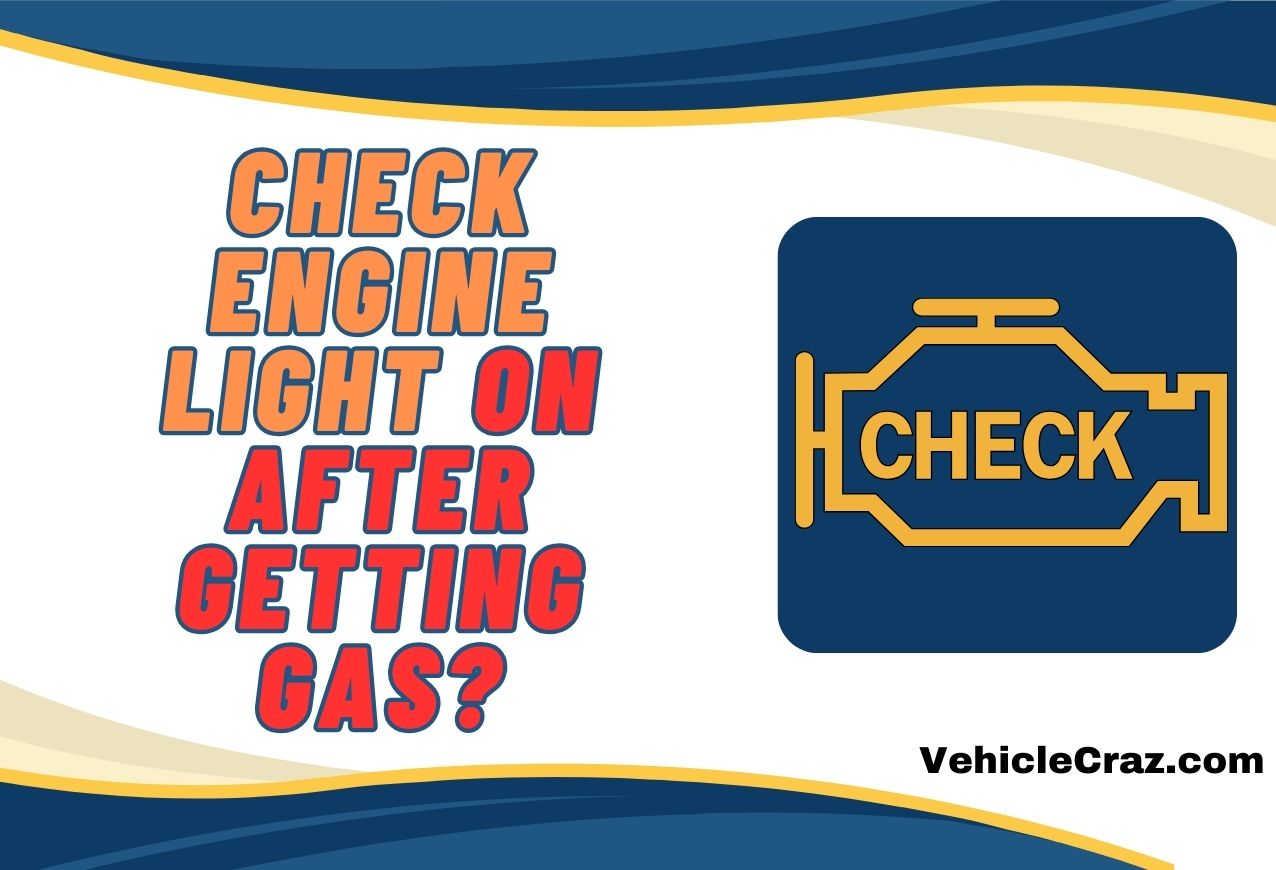
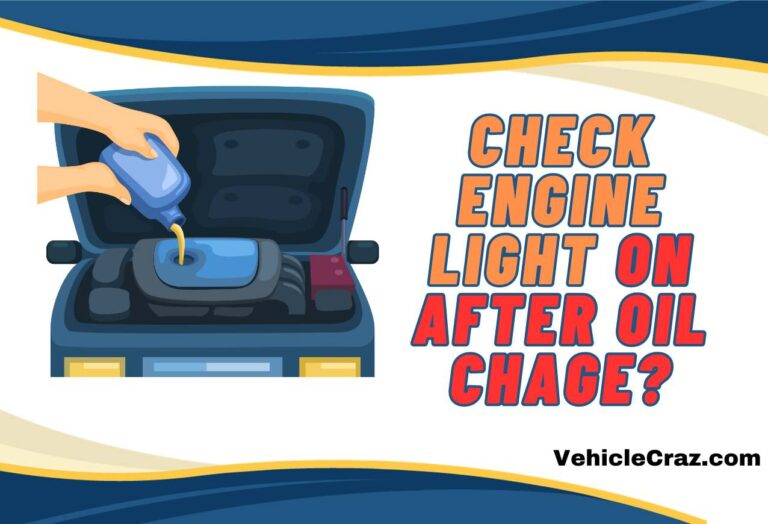
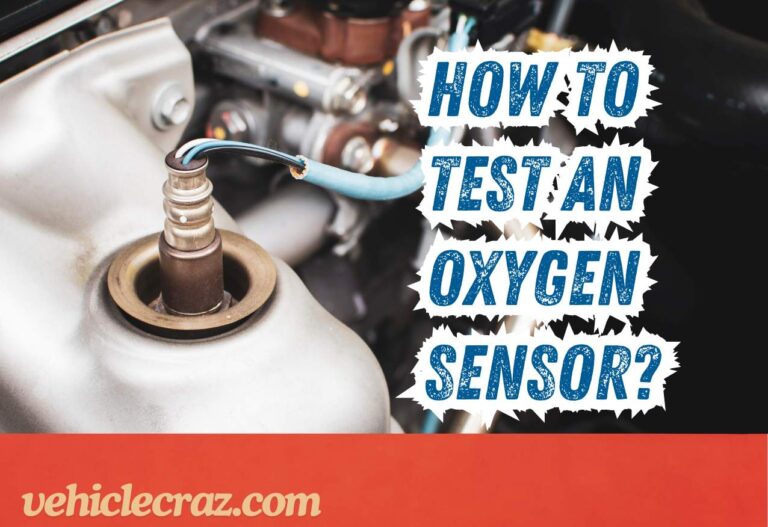
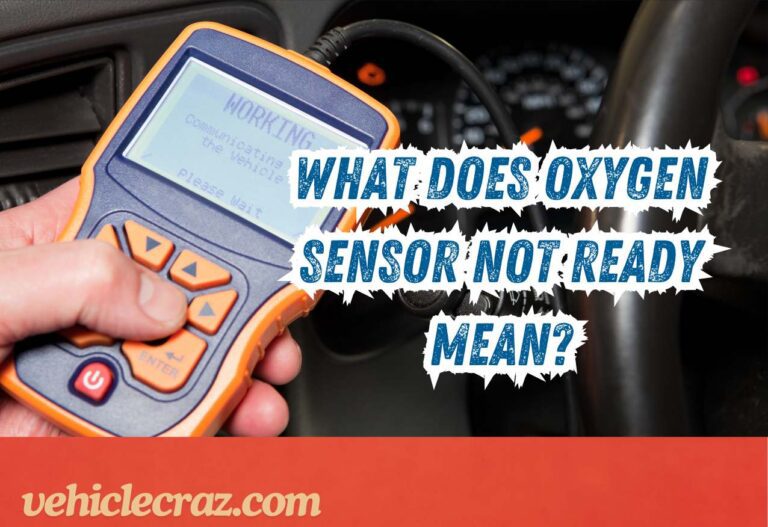
![Coolant Mixed With Transmission Fluid? [Causes And Fixes]](https://vehiclecraz.com/wp-content/uploads/2024/03/Maximum-Level-3-768x524.jpg)

